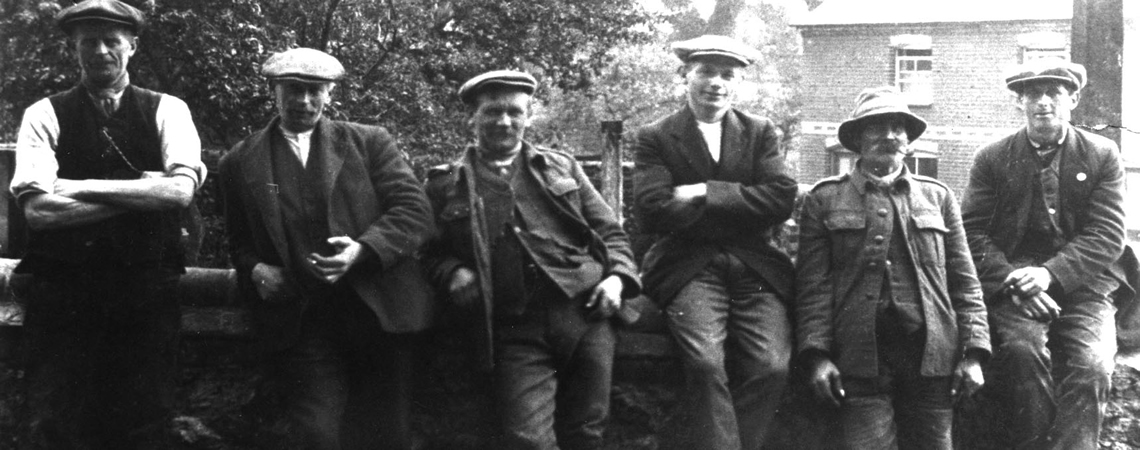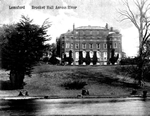Contact Lemsford Local History Group

Contact us on info@lemsfordhistory.co.uk for general information Or memories@lemsfordhistory.co.uk to donate images and articles about Lemsford Parish
We have enjoyed researching and building this site. However we are a small group with limited resources and if it has been of help or given you pleasure a small donation to the Lemsford Local History Group to help with the costs would be much appreciated.Cheques, payable to the Society, should be sent to our Chairman at 7 Great North Road Stanborough, WELWYN GARDEN CITY, Herts AL8 7TH . Please write 'donation' on the back. Please email info@lemsfordhistory.co.uk for bank details if you would like to donate by internet banking.
Lemsford Local History Group Brocket Hall Project 2016
View Larger Map
Enjoy Our Images
Enjoy Our Images All photographs, images, PDFs and text used on this website are for your enjoyment. Please remember all photographs and material used on this site MAY NOT be copied, in whole or in part, or be duplicated to another computer, transmitted, published, reproduced, printed, hotlinked, etc. without the express written permission of the Lemsford Local History Group. To apply to use an image or article Contact Info@lemsfordhistory.co.uk .
To view our collection of gallleries of the parish of Lemsford Click Here
New Brocket Hall
The estate was sold to Sir Matthew Lamb in 1746 by Thomas Wiinnington . This era was an eventful time Sir Matthew engaged one of the leading architects of the day Sir James Paine and asked him to build a new Brocket hall and Paine did just that. Sir Matthew died around 1765.
James Paine (1717–1789) was an English architect.Essentially a Palladian, early in his career he was Clerk of Works at Nostell Priory, and worked on many other projects in the area including Heath House in the village of Heath in between Nostell Priory and Wakefield.From the 1750s, he had his own practice, and designed many villas, usually consisting of a central building, often with a fine staircase, and two symmetrical wings.
Wikipedia
Early Days
LAround this area had several manors,Symonshyde, Benstead, Heron, and Chewells around the time of Henry III (1207 to 1272 ) these mannors merge and become ‘Watershyppes’Early evidence suggests the house dates back to 1239 and was owned by Simon Fitz Ade. They were also known as FitzSymon.


The Families of Brocket Hall
Early evidence suggests the house dates back to 1239 and was owned by Simon Fitz Ade. They were also known as FitzSymon.
Thomas Lord Fauconberg born 1341 and married to Joan Nevile born 1363 – daughter Joan De Fauconberg Born 1367 :
The most famous of the Brocket family was Sir John Brocket, who married Helen, daughter of Sir Rowland Lytton of Knebworth in 1558 . Sir John Brocket and was high sheriff of Hertfordshire in 1553. Sir John was a close ally of Elizabeth 1st,. Elizabeth was under house arrest at nearby Hatfield house.
The estate was sold to Sir Matthew Lamb in 1746 by Thomas Wiinnington . This era was an eventful time Sir Matthew engaged one of the leading architects of the day Sir James Paine and asked him to build a new Brocket hall and Paine did just that. Sir Matthew died around 1765.
Stephens retired to England. He was created a Baronet, of Montreal in the Province of Quebec in the Dominion of Canada, in 1886, and raised to the peerage as Baron Mount Stephen, of Mount Stephen in the Province of British Columbia and Dominion of Canada
On the death of Lord Mount Stephen in 1921 the house was put up for sale and bought in 1923 by Sir Charles Nall –Cain of the Node Codicote. Sir Charles took the title ‘Lord Brocket ‘ in 1933 and on his death in the following year the estate passed onto his only son Arthur Ronald Nall- Cain (1904 – 1966) Lord Brocket.